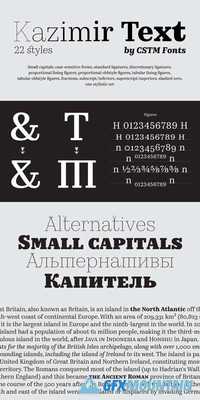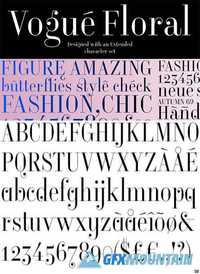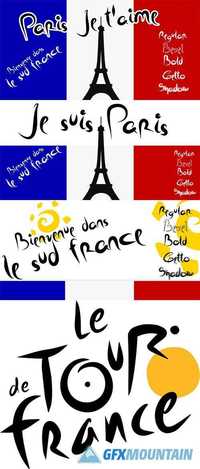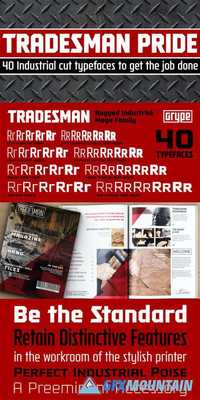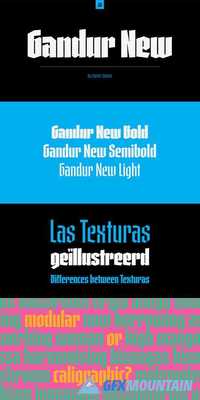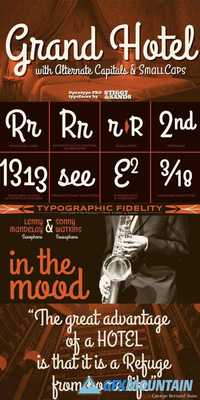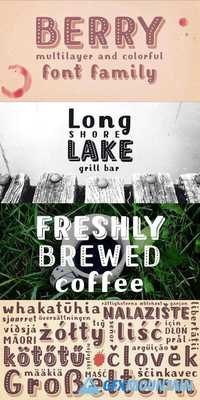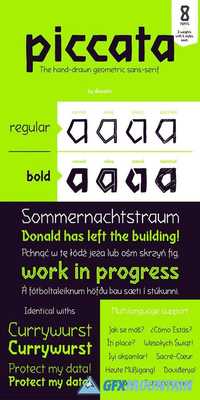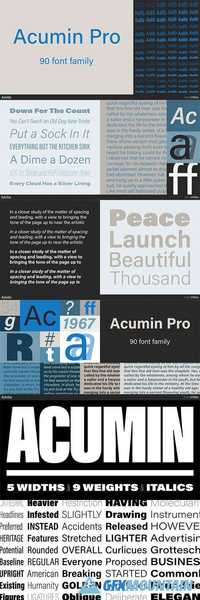
Acumin Pro Font Family
90 OTF
Acumin is a versatile sans-serif typeface family designed by Robert Slimbach, intended for a balanced and rational quality. Solidly neo-grotesque, it performs beautifully at display sizes but also maintains an exceptional degree of sensitivity for text sizes.
90 OTF
Acumin is a versatile sans-serif typeface family designed by Robert Slimbach, intended for a balanced and rational quality. Solidly neo-grotesque, it performs beautifully at display sizes but also maintains an exceptional degree of sensitivity for text sizes.


